2240 people reached on Lassi with Lavina FB page – 173 engagements
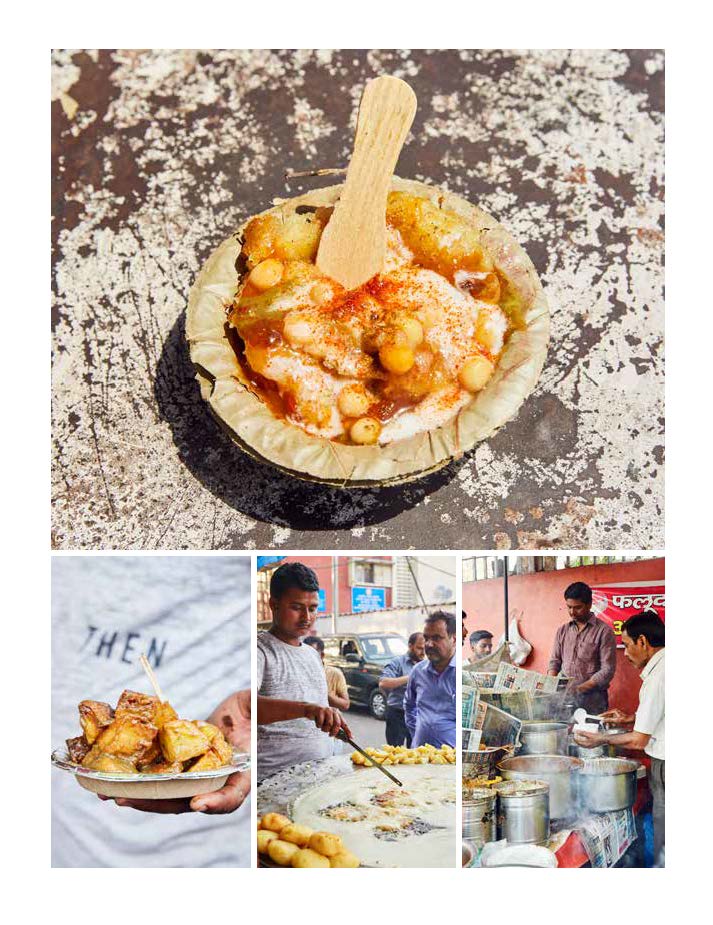
The Joys of Chaat:
Traveling by Train through India with Chef Maneet Chauhan
Food photos: Linda Xiao, with permission from Clarkson Potter, a division of Penguin Random House, LLC.
[dropcap]W[/dropcap]ant to bring an instant smile to the face of an Indian? Offer them a plate of chaat!
Chaat is that delicious dish that nobody can turn down – it’s guaranteed to bring back childhood, friendship and family memories and helps make new relationships as you stand on city streets, and all for some spare change. chaat is the synonym for a buddy’s hug – always gets you beaming.
Little wonder then that chaat is the star of a brand-new cookbook Chaat, The Best Recipes from the kitchens, markets and railways of India, the bumper offering co-authored by Maneet Chauhan and Jody Eddy.
It’s a love poem to chaat – and to train stations across India. We all have wonderful memories of journeys in India by dusty, chugging trains – and each one has memories of food wrapped into it! Indeed, what would the long, unending train journeys be without the stations in-between, teeming with chaiwallas, chaat-sellers and fruit-hawkers? Maneet Chauhan rightfully calls these train stops ‘chaat stops’. In fact, she dedicates her book to “all the vendors throughout India who fuel our journeys and make them more delicious.”
[dropcap]T[/dropcap]he book is divided into sections of north, west, south and east, embracing the whole of India with gorgeous images of India, tastes of India. In these Covid times, when you can’t travel to India, this seems to be a good way to travel vicariously to small towns and big cities through images, anecdotes and recipes.
In her mapping, the North comprises of New Delhi, Amritsar, Srinagar, Agra and Lucknow; the west is Jaipur, Mumbai Goa, Pune and Ahmedabad; the east is Puri, Guwahati, Kolkata and Ranchi; and the south is Chennai, Hyderabad, Mangalore and Ernakulam. Just imagine the tastes and the aromas arising from each of these places!
Chauhan, who grew up in many different parts of India, is no stranger to the delights of street food – and the larger delight of train travel. A foodie since birth, she once told me of how she ate up her sister’s paratha – while still a toddler in the crib! A passionate foodie since birth she turns into an absolute poet when describing the sheer drama of ingredients.
“I grew up in the small town of Ranchi in Eastern India, the capital of the state of Jharkand, famed for its malpua, crispy spiced pancakes drenched in sugar syrup,” writes Chauhan. “Every summer, my family embarked upon a long train ride to the steamy town of Bangalore in southern India to visit my maternal grandparents. For our winter holiday, the train took us north to my paternal grandparents’ home in Ludhiana, in the state of Punjab.”
“No matter whether we went north or south, our train journeys required two to three days of jangling over the rough steel tracks of the Indian rail network, a vestige of the British colonial era. The journey was typically a long, cramped, sweaty endeavor, but I never complained. This is because I knew every station delivered an endless picnic of chaat, inexpensive delicacies that my parents purchased from vendors clamoring for our rupees.”
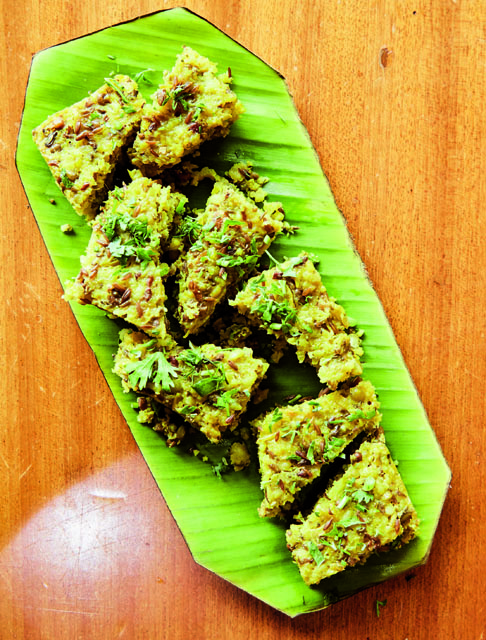
These early adventures in eating aboard the trains and the stations of India got Chauhan into what has become her life’s work, not only cooking but running several restaurants with her husband Vivek Deora in her new home of Tennessee – Chauhan Ale & Masala House, Tansuo, The Mockingbird, and Chaatable, all in Nashville. She’s a James Beard Award-winning chef and also a celebrity judge on Food Network’s Chopped. For her, the learning started early as a child, probably at a bhel-puri vendor’s stand in the Ranchi train station, pushed and shoved by a multitude of passengers!
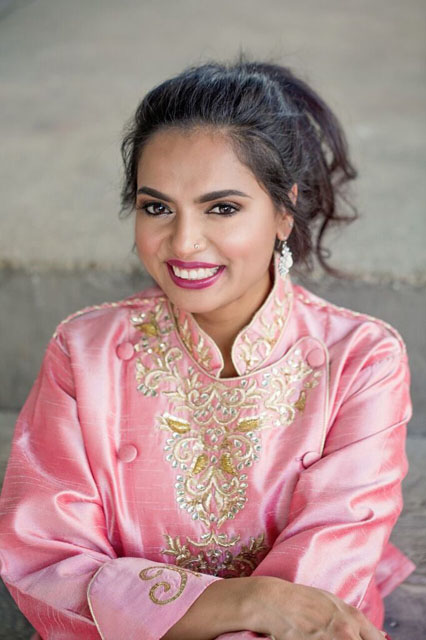
So for the uninitiated, what is chaat? According to Chauhan, it is the sweet, salty, spicy, crunchy, creamy, hot and cold snacks – street food really- found in Indian markets, train stations and home kitchens. And for those unfamiliar with train journeys in India, the utter madness and drama, she provides a brief history of trains in India, brought in during the colonial times. One of the amazing statistics she cites is the fact that India’s is the fourth largest railway system in the world comprising 40,000 miles of tracks and transporting 20 million people daily. There’s a mind-boggling 7,500 stations so just imagine the endless options for street food.
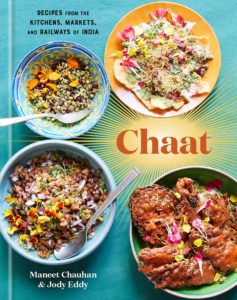
[dropcap]B[/dropcap]esides the insightful writing, the book has maps and photographs not only of the food but also of the ambiance of the train stations, getting you to small towns and sleepy stalls which you may never see in your own rushed visits to the homeland. Have you ever been to the Old Junction Station in New Delhi? If you’re usually used to traveling by plane, you may never have encountered this busy train station which was built in 1903 and sees nearly 200,000 passengers every day.
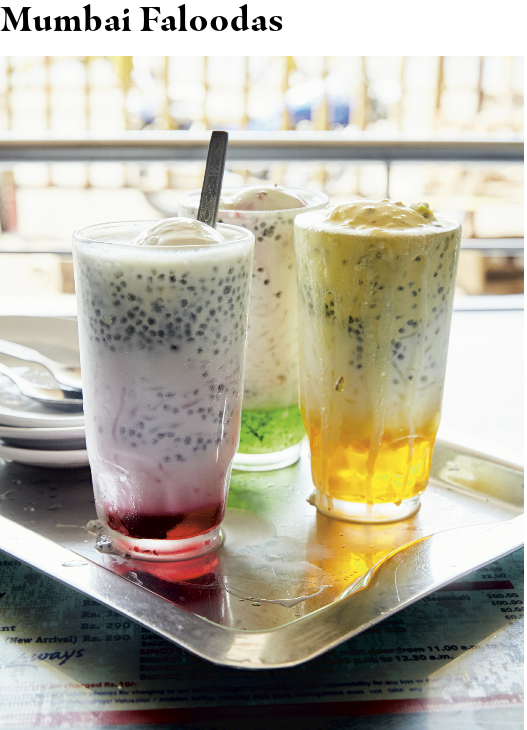
[dropcap]W[/dropcap]ith Chauhan as tour guide, you learn that the station is just 20 minutes away from Chandni Chowk, a market established by Emperor Shah Jahan. It is a carnival of every type of chaat, and many dating back centuries. Writes Chauhan, “There are more than three centuries of history represented in every chaat you encounter. Mughlai cuisine has deep roots in the chaat recipes of Delhi.” The beautiful photographs show the action in this ancient marketplace which is still so relevant in the present, teeming with food-lovers and action.
In this Delhi section you learn how to make aloo chaat, aloo tikki chole chat, shakarkandi chaat and a variety of chutneys which give the soul to these snacks. As you travel with Chauhan through India, you learn the delights of each place. In Punjab, you learn to make the perfect sarson ka saag (spicy greens) and Amritsari fish (served even at the Amritsar train station ) but also visit Punjab’s milk bars to try their flavored milk blended with ingredients like pistachios, saffron and fresh fruit like papayas and pineapples. Says Chauhan, “A few Indian milk bars, such as Verka and Khangura, have become famous and are must-visit destinations immediately upon stepping off the train.”
The food odyssey continues: in Kashmir you feast on Nadir Monji (spicy crispy fried Lotus Root), a vegetarian snack I’ve never tried. As well as kashmiri lamb yakhni, and Tabakh Maaz which are dishes from the traditional Wazwan feast, topped by Kashmiri Kahwa tea.
Lucknow is where Chauhan’s love affair with kebabs began. She relates, “Lucknow’s largest train station, Charbagh, first started receiving trains in 1867. It’s as famed for the white Mughal inspired minarets that grace its redbrick façade as it is for the kebab vendors lined up outside the station, whose skewers of minced meat sizzle over open flames that keep burning from sunrise to well after sunset.” The Lucknow recipes include of course the famous lamb seekh kebabs but also some intriguing vegetarian snacks such as Tokri Chaat (potato baskets stuffed with vegetable patties), Moth Ki Chaat (sprouted moth bean chaat), Kala Chana Chaat (Black Chick Pea Salad), and Bread Pakoras (Fried bread and mashed potato stuffed sandwiches).
The West segment includes such want-to-go places as Jaipur, Mumbai, Goa, Pune and Ahmedabad. Chauhan, consummate traveler that she is, always manages to unearth unknown stories which enrich us. She writes, “One of my favorite places to discover chaat is at the Gandhi Nagar railway station in the Bajal Nagar neighborhood of Jaipur. It’s one of the only railway stations in India operated entirely by women. As an Indian woman who had to fight and claw her way through a male-dominated industry to find success, I am in awe of the forty women who run Gandhi Nagar.” (I won’t spoil your fun by describing what they do and what they serve – so do get the book and read about it!)
Mumbai is of course the home of street food favorites like bhel puri, vada pav, Mumbai Faloodas and Bombay Sandwich. While Chauhan shares the recipes for these must-haves, she also introduces lesser-known specialties such as Bombay Ice Halwa, a sweet which is also known as Paper Halwa and Mahim Halwa, after the neighborhood where it was invented.
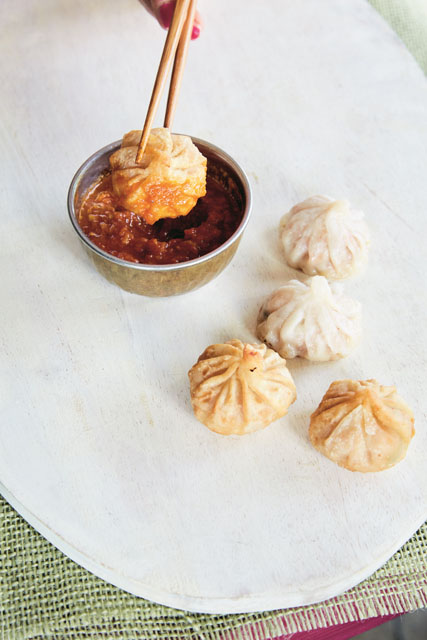
[dropcap]T[/dropcap]he Goa segment will be an eye-opener because so many of us have never cooked Goan dishes or eaten that cuisine. “My trips to Goa as a child and later as a college student were integral to shaping my conviction that recipes do not have to exist in geographical silos,” she writes. “From the sixteenth to the early twentieth century, Goa was a colony of Portugal, resulting in cuisine heavily influenced by both Indian and Portuguese culinary practices, which fused over the centuries into a cuisine that is singularly Goan.” The dishes Chauhan introduces you to include Ros Omelette (Omelette with Tomato Gravy), Fish Reeheado ( Fried Fish Stuffed with Chile Paste) and Potato Egg Chutney Chops (Goan Scotch Eggs),
The joy of this book is Chauhan’s chatty style as she relates her many foodie adventures, be it discovering humble yet elegant dhoklas on silver paper plates at a train station entering Gujarat or gleaning some wisdom from a Gujarati matriarch who along with the recipe for Khandavi rolls, also told her: “We Gujaratis believe in living simply because the most beautiful things are waiting to be discovered when life is lived with an uncluttered mind. The same is true for our cooking. Remove the obstacles and anything that is not absolutely necessary and you will understand the secret of Gujarati cooking.”
As a vegetarian, I drooled over the photographs of Kanda Bhajji (crunchy onion fritters), Panki (banana-leaf-wrapped yogurt and rice pancakes), Khaman Dhokla, (Fermented Chickpea Flour cakes), Khandvi (Chickpea Flour and Buttermilk Rolls) and Kande Pohe (Flattened Rice Pilaf). Yes, Gujarat would probably be my food choice!
But then Chauhan shares so many alternatives: she takes you on train rides to Chennai, Hyderabad, Mangalore and Ernakulam and – that’s a heaven of Idli Chaat, Neer Dosa (Water Dosa), Tuppa Dosa (Fermented Dal and Rice Crepe), Hyderabadi Chicken Biryani, and Lukhmis (Lamb Samosas). Mangalore has Goli Baje (Crispy Fried Fritters) which I’ve never tried. She has many tales to tell of Kerala and of its special dishes including the famous Kerala Fish Fry. It just makes you realize the endless potential and diversity of every Indian city.
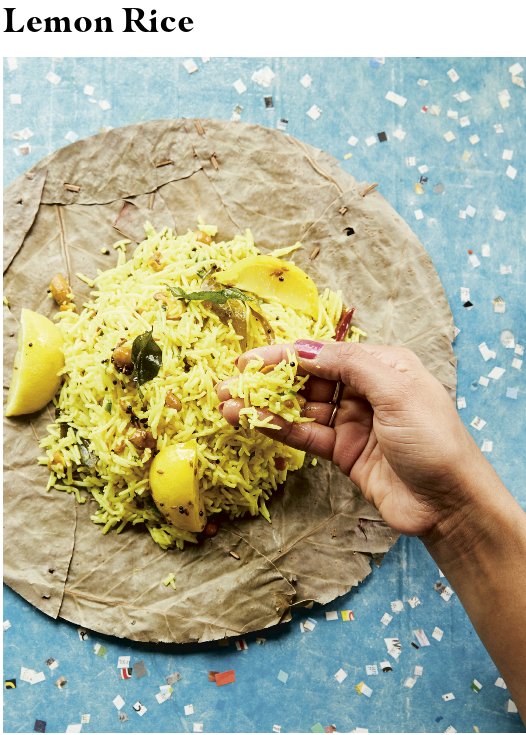
[dropcap]W[/dropcap]e finally conclude the train journeys with the East – Puri, Guwahati, Kolkata and Ranchi. The travelogue here is particularly enlightening because many of us may not have traveled east as much (except for Kolkata) unless our hometowns happen to be there, and you already are familiar with snacks like Puchkas, Jal Muri and Corn Chaat. Chauhan relates anecdotes about the seashore city of Puri which is an 11-hour train ride from her hometown of Ranchi, and as always food colors her tales, from the delights of Ghugni Chaat which is sprinkled with the region’s famous spice blend, bhaja masala, to the unique temple food which includes the amazing Maha Prasad consisting of 56 dishes.
You will get to encounter many new dishes such as Thukpa, the Himalayan chicken noodle soup in Guwahati, dishes which are actually very old but may be new to us. As she explains, Tibetan, Nepalese, Bhutanese and Burmese traditions are suffused in this cuisine, and she shares recipes for Aloo Pitika(Mashed Potatoes with Green Chilies and Onions), Chicken Momos and Chicken Bamboo Curry.
Combining food and travel, Chauhan stops in many offbeat places like Mumbai’s dhobi ghat, and takes you to meet ordinary Indians like the dabbawallas as well as railway porters. She also shows you how to make the basics – A multitude of Indian breads, rice, the very ubiquitous paneer and even ghee.
This is just a quick flash, a short train ride through Maneet Chauhan’s book. ‘Chaat’ leaves you very hungry but with the recipes to make things happen in your own kitchen. It also gets you dreaming of train travel and of the adventures waiting at every stop, with the vendors calling out their delicious wares. It encourages you to take your own journeys through India via recipes, spices and by train.
(This article first published as the cover story in Khabar magazine )
Would love to hear about your food adventures in India. Do share in the comments!
Related Articles:

How to throw a Chaat Party with Maneet Chauhan
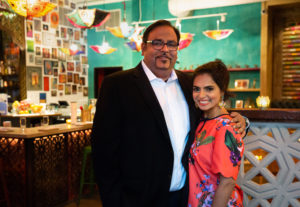
Chaatable! Maneet Chauhan Brings Mumbai Street Food to Nashville

